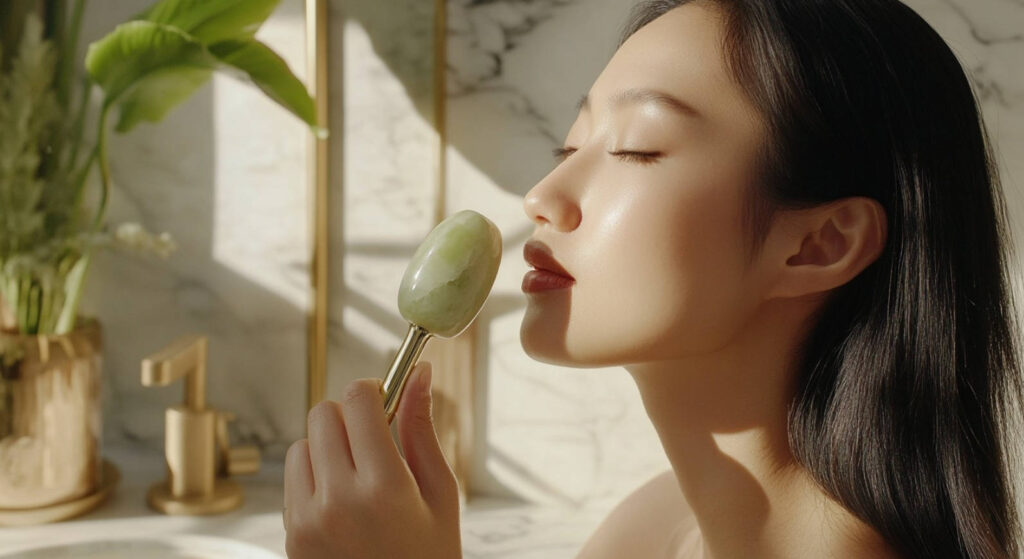Korean skincare has taken the beauty world by storm, known for its focus on hydration, nourishment, and achieving a naturally glowing complexion. Unlike traditional skincare routines, which often emphasize minimal steps, K-beauty follows a multi-step approach to ensure deep hydration and effective layering of ingredients. This method has gained global recognition for delivering long-term skin health and radiance.
1. Essential Steps of the Korean Skincare Routine
Double Cleansing
A proper skincare routine begins with double cleansing. First, an oil-based cleanser removes makeup, sunscreen, and excess sebum. Then, a water-based cleanser eliminates dirt, sweat, and other impurities. This step ensures a clean base for the rest of the routine.
Exfoliation
Exfoliation is key to removing dead skin cells and improving product absorption. Gentle exfoliants, such as enzyme powders or low-percentage AHAs and BHAs, help brighten the skin without causing irritation. However, over-exfoliation should be avoided to maintain a healthy skin barrier.
Hydration and Layering
One of the hallmarks of Korean skincare is hydration through layering. Toners, essences, and serums work together to deeply nourish the skin. Hydrating toners prep the skin, while essences and serums deliver targeted ingredients for concerns like acne, dryness, or hyperpigmentation.
Moisturizing
Locking in moisture is essential, and the choice of moisturizer depends on skin type. Lightweight gel-based moisturizers work well for oily skin, while rich creams provide intense hydration for dry skin.
Sun Protection
Daily sunscreen application is non-negotiable. UV exposure accelerates aging and causes pigmentation issues. A broad-spectrum sunscreen with SPF 30 or higher should be applied every morning and reapplied throughout the day.

2. Key Ingredients in Korean Skincare Products
Snail Mucin
Known for its healing properties, snail mucin helps repair damaged skin, boost hydration, and improve elasticity. It’s particularly beneficial for those with dry or sensitive skin.
Centella Asiatica
Also called “cica,” this ingredient is famous for its calming effects. It reduces redness, strengthens the skin barrier, and soothes irritation, making it ideal for sensitive skin.
Hyaluronic Acid
A powerful humectant, hyaluronic acid attracts moisture to the skin, keeping it plump and dewy. It works well for all skin types, providing long-lasting hydration.
Propolis and Honey
Rich in antioxidants and antibacterial properties, propolis and honey hydrate the skin while helping to prevent breakouts. They are often found in serums and sheet masks.
Rice Extract
Rice extract has been used in Korean beauty for centuries to brighten the skin and improve texture. It helps fade dark spots and promotes an even complexion.
3. Customizing the Routine for Different Skin Types
Oily Skin
Opt for lightweight, oil-controlling products, such as gel cleansers and mattifying toners. Hydration is still important, so look for water-based moisturizers to balance oil production.
Dry Skin
Deep hydration is key for dry skin. Use rich creams, overnight masks, and multiple layers of hydrating products to keep skin soft and supple.
Sensitive Skin
Fragrance-free, calming ingredients like Centella Asiatica and ceramides help prevent irritation. Avoid harsh exfoliants and alcohol-based products.
Combination Skin
Balance hydration and oil control by using lightweight layers. A gel moisturizer can keep the skin hydrated without clogging pores, while targeted serums address specific concerns.
